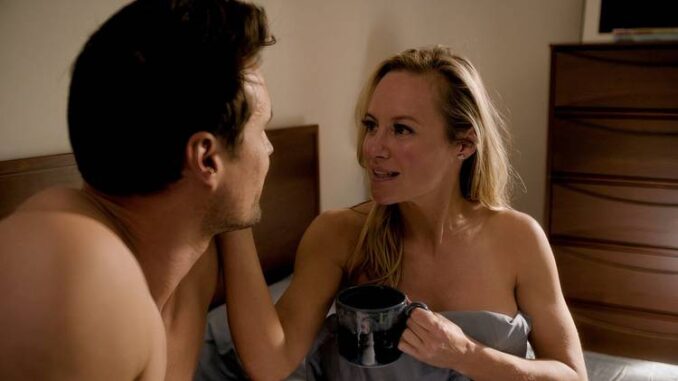
The Echo Chamber of a Shuttered Lens: Leaked Found Photos Hint at Danielle Savre’s Turbulent Station 19 Love Triangle
In the digital age, where the line between public and private blurs like a smudged photograph, the concept of “leaked found photos” carries an almost archaeological weight. These aren't polished press shots or carefully curated social media posts; they are fragments, shards of reality unearthed from some forgotten corner, whispered into the vast echo chamber of the internet. When these ghostly images coalesce around a figure like Danielle Savre, an actress whose very essence on screen is often defined by emotional transparency and intricate relationships, and point to a "turbulent love triangle" within the world of Station 19, they cease to be mere pictures. They become a keyhole into a storm, a visual prophecy of a narrative tempest.
Imagine these "found photos" not as crisp, professional stills, but as imperfect captures – a blurry reflection in a window, the harsh flash of a phone camera in a dimly lit hallway, a candid shot caught just as a vulnerable emotion flickered across a face. They might show Danielle Savre's character, or perhaps even Savre herself in a deeply immersed state, caught between two opposing forces. Perhaps it’s a series of micro-expressions: a tightly drawn jawline, eyes that hold a haunted, conflicted light, a fleeting smile that doesn't quite reach the eyes, or a hand clenching an unseen object, betraying a deeper tension. These aren't posed dramas; they are raw, unscripted moments that hint at an unspoken narrative.
The "turbulent" nature isn't explicit in a caption; it's etched into the very grain of the images. A photograph might capture a tense silence, the air thick with unspoken words, an electric current of unresolved emotion hanging between two people, with Savre at the precarious apex. One frame might show her leaning into one confidant, eyes wide with a plea or a confession, while a subsequent, unrelated shot—perhaps from a different angle or time—reveals her looking over her shoulder at a third, a mix of longing and regret clouding her features. These are not grand gestures of on-screen melodrama but the quiet, devastating moments of human indecision and the pain of difficult choices.
The "love triangle" isn't drawn with clear lines, but implied through the triangulation of emotional energy. It could be the angle of a head, subtly turned away from one, yet yearningly inclined towards another. It might be the almost imperceptible withdrawal of a hand, or the desperate clasp of another, caught in a freeze-frame. These are the visual crumbs, inviting the viewer to become a detective, piecing together the narrative from fractured evidence. The turbulence is in the subtle pushes and pulls, the internal conflict writ large across her face, the way her body language might subtly shift allegiance from one frame to the next. The "found" quality of these photos only intensifies the intrigue; they feel illicit, like peeking behind the curtain of a deeply personal drama, lending an artificial authenticity to a fictional world.
For fans of Station 19, these leaked photos aren't just spoilers; they are an intimate glimpse into the very heart of character development, a foreshadowing that bypasses traditional storytelling. They build a palpable anticipation, turning the viewing experience into an act of validation – searching for the moments on screen that align with the quiet agony hinted at in the leaked images. Danielle Savre, known for her ability to convey complex emotional landscapes, would become the living embodiment of these fractured hints, her performances amplified by the pre-existing whispers the photos ignited.
Ultimately, these leaked found photos become a potent alchemy of speculation and observation. They don't tell the whole story, but their fragmented nature invites rampant interpretation, creating a narrative space where absence speaks as loudly as presence. They are the ghost of a drama yet to unfold, a turbulent whisper caught in the lens, proving that sometimes, the most profound stories are told not in sweeping declarations, but in the quiet, unscripted agony captured by a shuttered moment. They remind us that even in the meticulously crafted worlds of television, the raw, unpolished hint of human turmoil can resonate with an unparalleled power.
